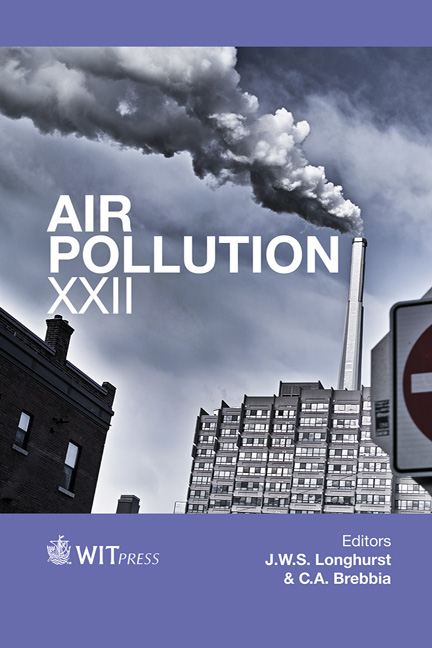Multilayer Perceptron And Regression Modelling To Forecast Hourly Nitrogen Dioxide Concentrations
Price
Free (open access)
Transaction
Volume
183
Pages
10
Page Range
39 - 48
Published
2014
Size
332 kb
Paper DOI
10.2495/AIR140041
Copyright
WIT Press
Author(s)
C. Capilla
Abstract
This paper presents the application of feed-forward multilayer perceptron networks and multiple regression models, to forecast hourly nitrogen dioxide levels 24 hours in advance. Input data are traffic and meteorological variables, and nitrogen dioxide hourly levels. The introduction of four periodic components (sine and cosine terms for the daily and weekly cycles), and nitrogen oxide hourly levels was analyzed in order to improve the prediction power. The data were measured for three years at two monitoring stations in Valencia (Spain). The model evaluation criteria were the mean absolute error, the root mean square error and the mean absolute percentage error. The multilayer perceptron networks performed better than the regression models in nonlinear relationships like that involving nitrogen oxides, meteorological and traffic variables. Comparisons of the multilayer perceptron-based models proved that the insertion of the four additional seasonal input variables improved the ability of obtaining more accurate predictions, which emphasizes the importance of taking into account the seasonal character of nitrogen dioxide. The advantages of neural networks were that they did not require very exhaustive information about air pollutants, reaction mechanisms, meteorological parameters or traffic flow, and that they had the ability of allowing nonlinear relationships between very different predictor variables in an urban environment.
Keywords
air quality, nitrogen dioxide concentration, urban atmosphericpollution, multilayer perceptron, multiple regression model.





